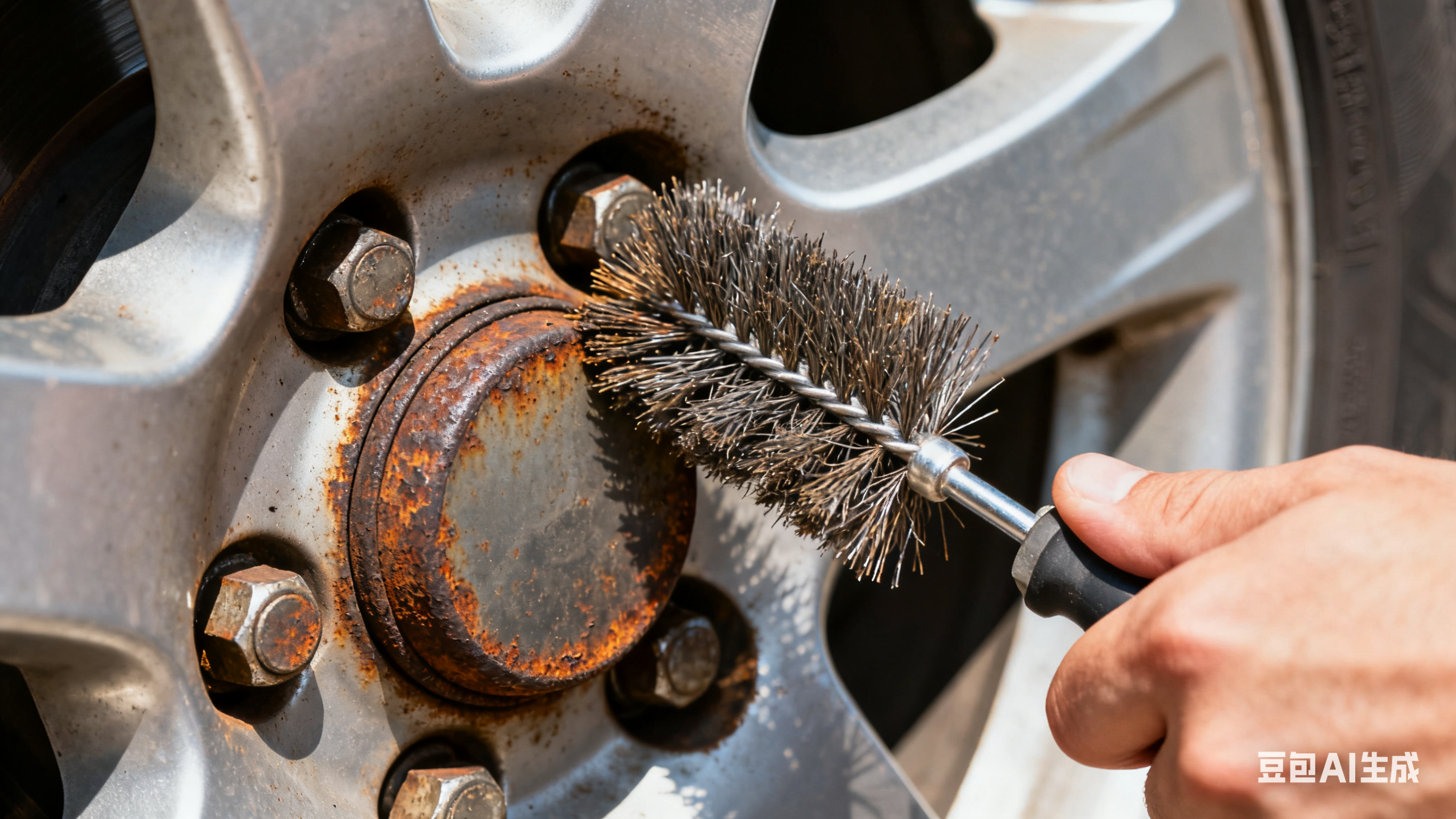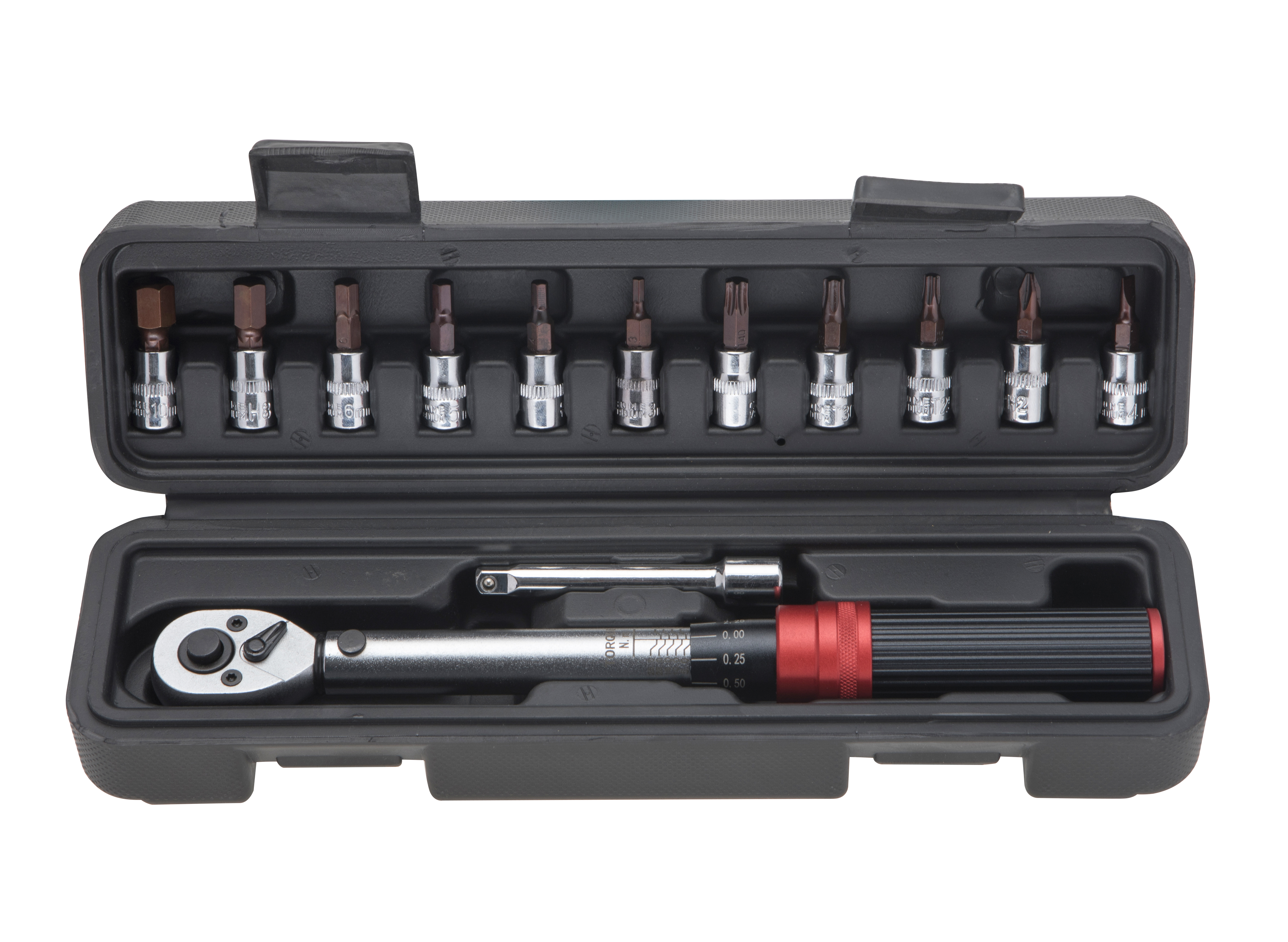Tire sealant is a handy tool for fixing small punctures on the go, but choosing the right one is key. The wrong sealant can damage your tire or even your vehicle’s tire pressure monitoring system (TPMS)—so it’s important to pick wisely.
First, check if the sealant is compatible with your tire type. Most sealants work for passenger car tires, but some are designed specifically for tubeless tires (the most common type today). Avoid sealants for tube-type tires—they can clog tubeless tire valves.
Look for a sealant that’s TPMS-safe. Many older sealants contain large particles that can block TPMS sensors, causing them to fail. Newer, TPMS-safe formulas have smaller particles that won’t clog the system. Check the product label to confirm it’s TPMS-compatible.
Consider the sealant’s drying time. Fast-drying sealants (that set in 5-10 minutes) are great for emergencies, but they can be harder to clean off if you need to repair the tire later. Slow-drying options (that take 20-30 minutes) are easier to remove but require more waiting time.
Finally, don’t rely on sealant as a permanent fix. It’s designed to get you to a mechanic—have the tire properly patched or replaced as soon as possible.






